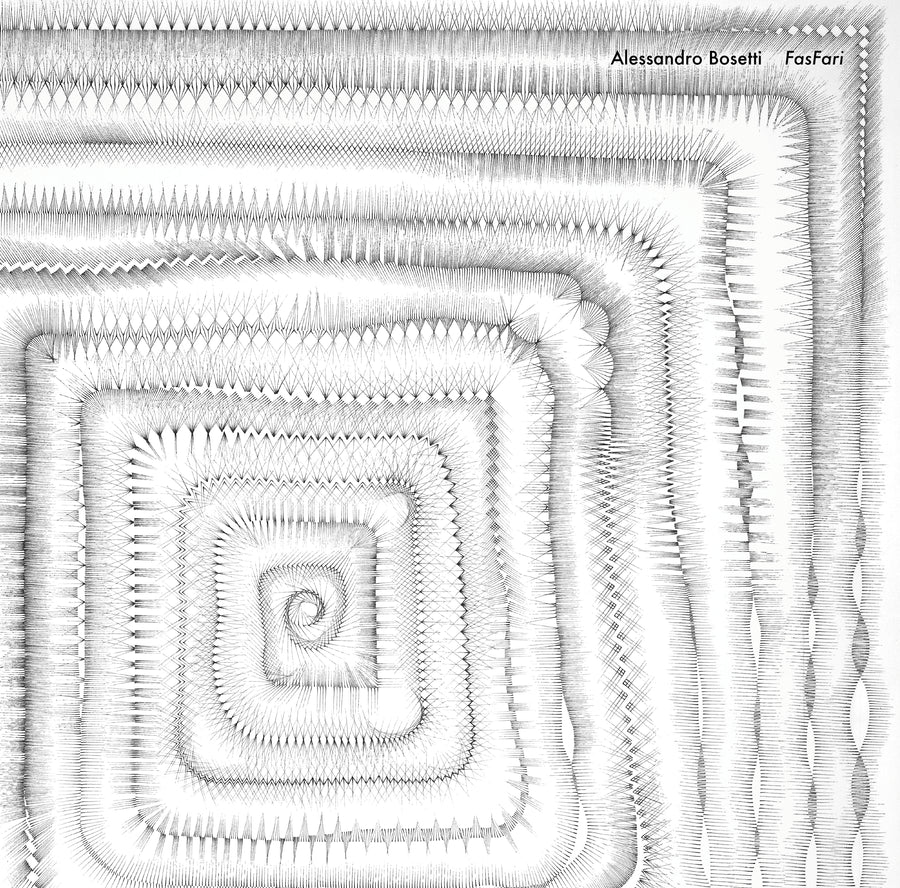The Xing label releases “FasFari”, a sound archive album of a cappella vocals by Italian sound artist Alessandro Bosetti.
The Italian composer and jazz saxophonist Alessandro Bosetti (Milan, 1973) is a musician and sound artist who for almost thirty years has been researching the relationship between word and sound (the musical structures of language and unusual aspects of linguistic communication, such as misunderstandings in translation between different languages or the silbo of La Gomera), the fruit of his interest in the sonority of spoken language and in the voice, understood as an autonomous object and expressive instrument. On 21 March Bosetti presented his most recent recording, FasFari, at the Raum gallery in Bologna, home of the Xing record label.
FasFari is the 36th publication that Bosetti has created for Plane Talea, an archive of anonymous voices that the artist has been creating since 2016. The compositions collected under the title Plane Talea reflect his interest in vocal polyphonic music, as an “impossible choir” constructed by sampling thousands of voice fragments and recomposing them into polyphonic textures created by atomising the voice into primary particles that are subsequently reconstructed into masses and sonic clouds. Of all the recordings in the archive, FasFari is the first to rely exclusively on the voice (previous publications used other sound sources in addition to the voice: ambient recordings, instrumental or synthetic sounds, with which the archival voices were complemented). In FasFari, the voice becomes a vast but closed universe, purely vocal and a cappella, in which the sounds of voices are never electronically modified, but only recomposed, recombined, juxtaposed or superimposed.
FasFari is the thirteenth release in Xing’s XONG -artist records- collection, and is presented on white vinyl, in a limited and numbered edition of 150 copies. Each is accompanied by a series of twenty graphic and textual pictures, designed and hand-drawn by Alessandro Bosetti with phonetic alphabet, transcribing the memories of his encounter with each “voice donor”.
